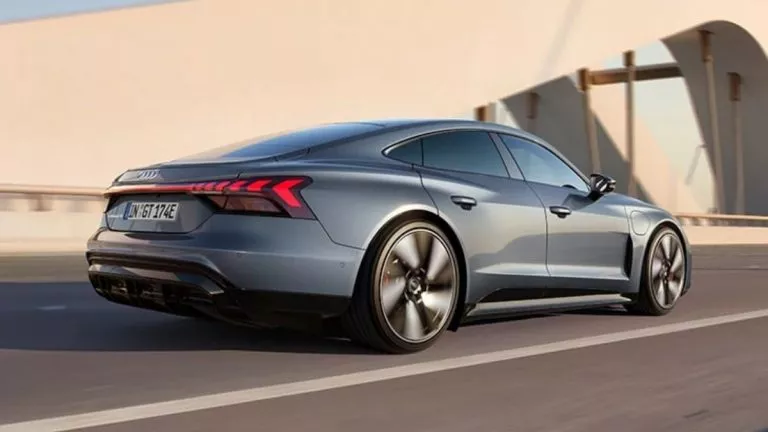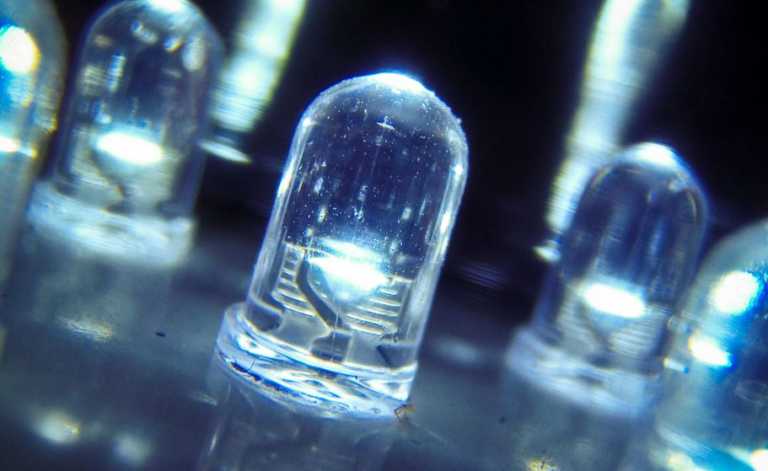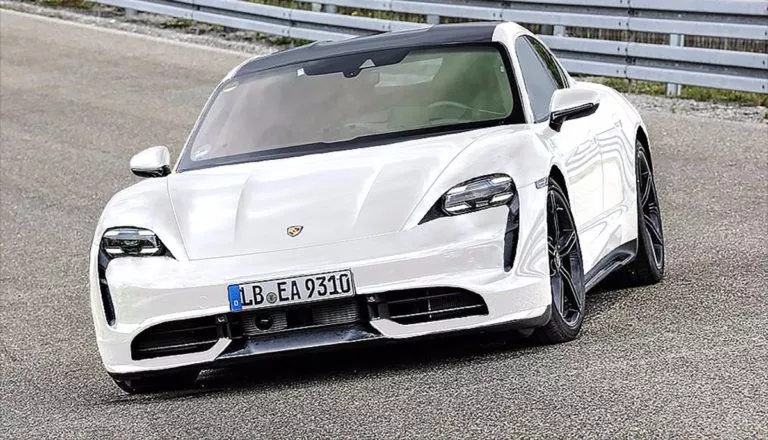CVT Vs Automatic Transmission: Which Is Better? Explained
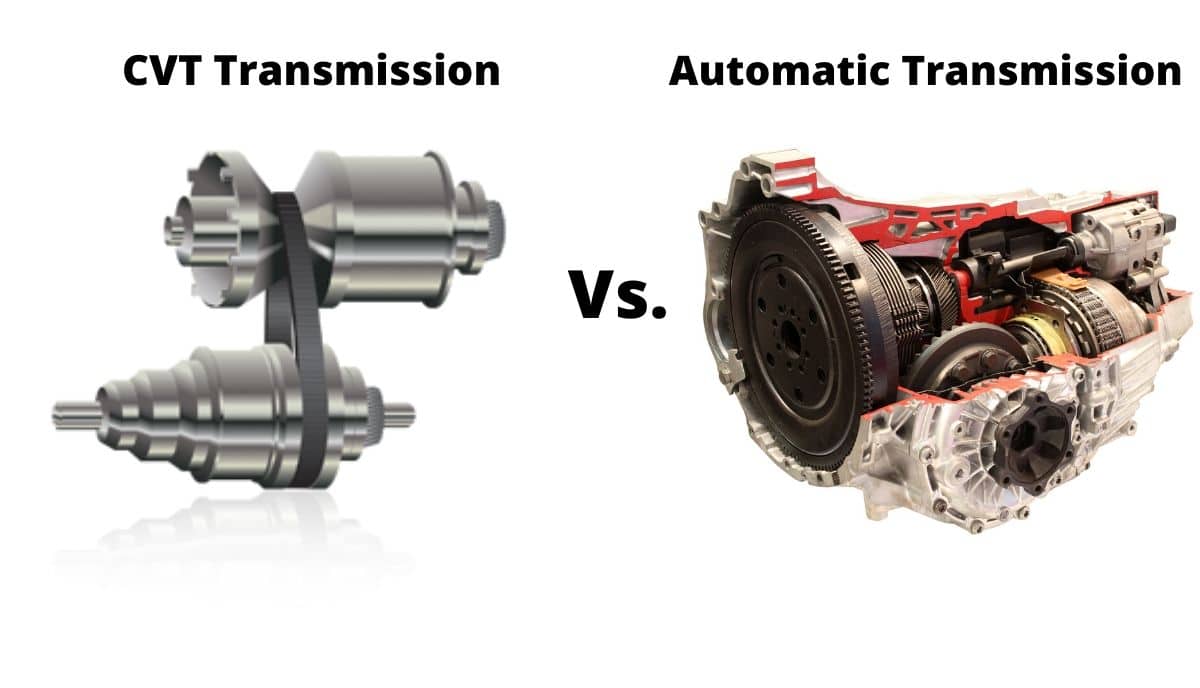
You don’t have to be a super genius to understand the difference between CVT (Continuous Variable Transmission) and Automatic Transmission. However, it can get confusing for some car buyers to choose a perfect transmission for their needs.
Here we have tried to explain everything you need to know about the two transmission systems so you can make the right decision. Additionally, this article is for everyone who wants to become a bit familiar with the machines that they use every day.
Continuous Variable Transmission (CVT) system:
Continuous Variable Transmission (CVT) is a kind of automatic transmission as there is no clutch pedal. However, the mechanism of both the CVT and automatic transmission is different. CVT lacks the specific gear ratios present in the Automatic Transmission.
How does a CVT transmission work?
CVT uses different gear ratios while driving. The transmission system uses a pair of two conical pulleys connected via a belt, usually made out of steel. As the belt moves over the two pulleys, its diameter keeps changing; therefore, it is known as continuous variable transmission.
One pulley is connected to the input shaft coming straight from the engine, and the other pulley is connected to the output shaft. As the input shaft rotates, the power transmits to the output shaft through the shaft.
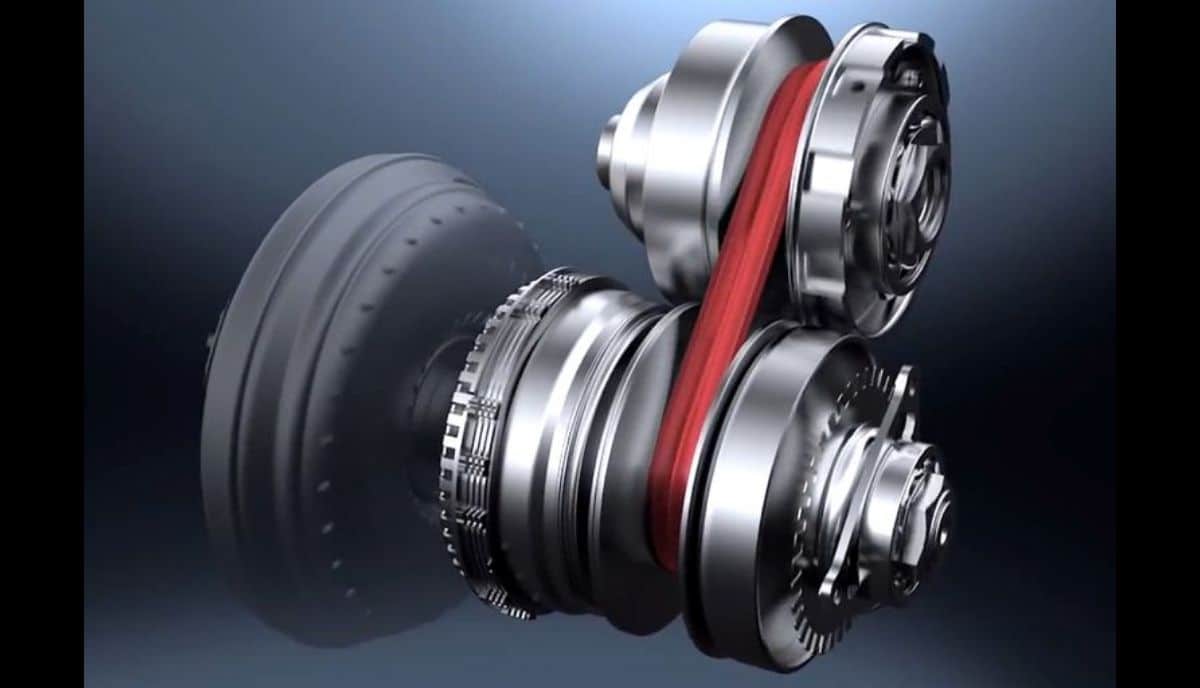
Gear ratio is simply the ratio of input speed to the output speed (input speed/output speed). Different gear ratios determine the speed of your car.
The diameter of the pulleys determines the gear ratios. When the diameter of the input shaft is smaller than the diameter of the output shaft, the car is said to be in underdrive.
If the gear ratio is greater than 1 during underdrive, the vehicle has a low speed. However, when the output diameter is greater than the input diameter, the gear ratio is less than 1, and it is the condition of Overdrive. In this condition, the highest gear ratio and the vehicle moves at high speed.
Reverse gear For CVT:
A small planetary system, similar to the one in an automatic system, is used for obtaining a reverse gear system in CVT.
Advantages and Disadvantages of CVT
Advantages:
- Smooth and convenient driving experience
- Switch to different gear ratios without any jerk
- Better fuel efficiency
Disadvantages:
- Despite improved technology, the belt tends to wear and breaks
- it increases the cost of the vehicle
- Relatively Low Torque
Automatic Transmission:

The automatic Transmission system uses different gear ratios without shifting the gears manually. It has no clutch pedal, making it the most relaxed and most comfortable transmission system.
How Does An Automatic Transmission System Work?
The automatic transmission system works on a planetary gear system. The system consists of four parts:
- Sun Gear
- Planet Gear
- Planet Carrier
- Ring Gear
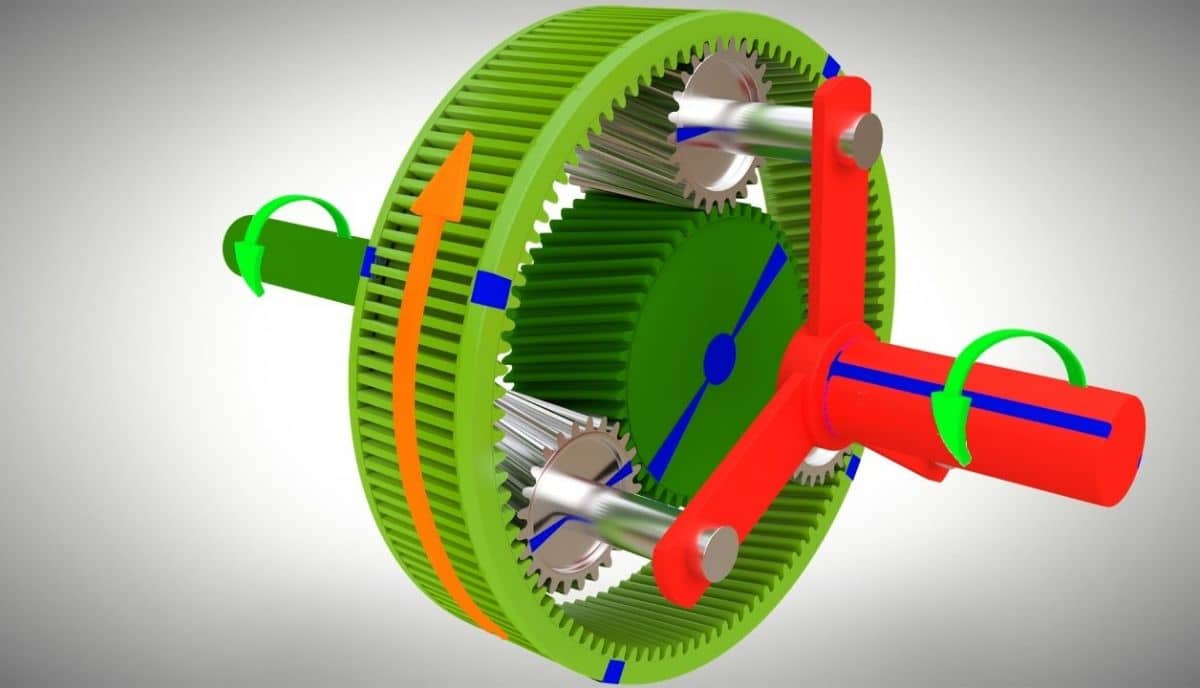
Usually, the Planetary gear mechanism has three shafts: an input shaft, an output shaft, and an intermediate shaft connecting the two rods. Different gear ratios are based on the different gear arrangements or gear movements.
For example,
Arrangement 1:
When the ring gear is stationary, and all other gears are moving. In this case, the gear ratio (Input Speed/Output Speed) is around 3, and it is the first gear in an automatic transmission system providing slow speed.
Arrangement 2:
In this case, the complete mechanism moves as a single unit, and the output speed becomes equal to the input speed. Also, the gear ratio becomes 1. It is also known as Direct Drive.
Arrangement 3:
The highest gear is obtained when output speed becomes greater than the input speed. Here, the gear ratio becomes lower than 1. The state is also known as the Overdrive.
Apart from these arrangements, there can be different speed ratios based on different arrangements. To find out more, here is the video link.
Reverse Gear Arrangement:
Reverse gear is achieved when the sun gear moves in the opposite direction, causing an output in the opposite direction.
One of the essential parts of an Automatic Transmission system is the Torque Converter.
Torque Converter:
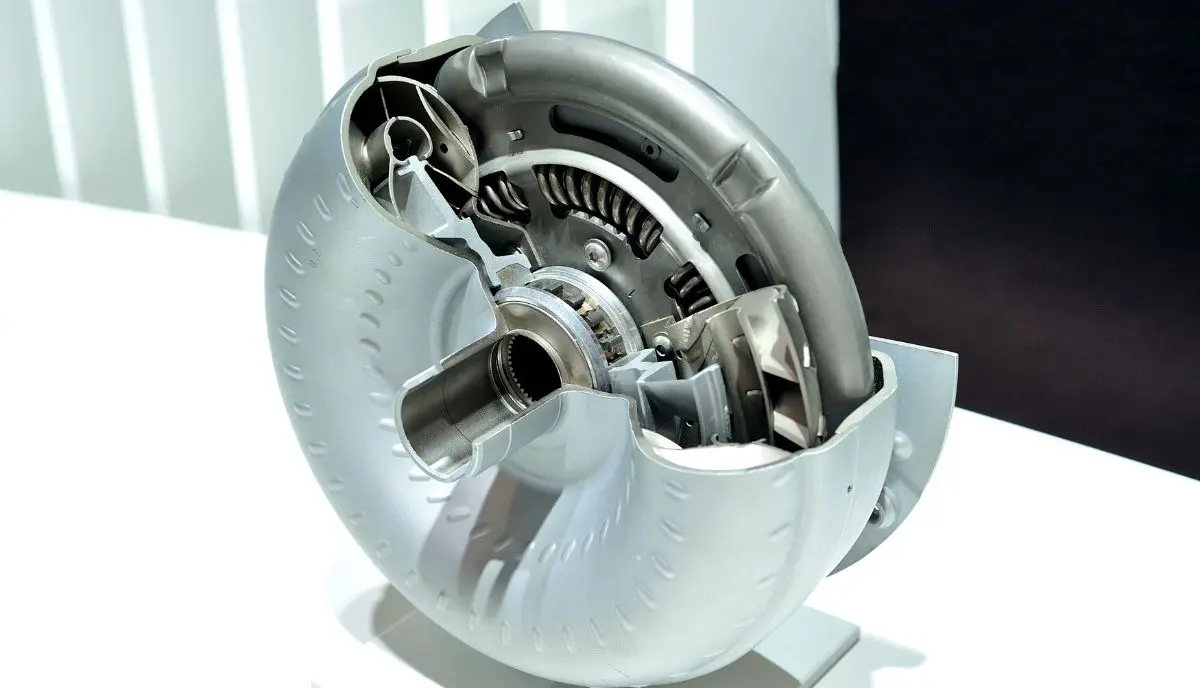
Torque converter works as a clutch in an automatic transmission system. When the engine is connected to the transmission system, and we apply the brakes, then in order to isolate the engine from the transmission, a torque converter is required.
Additionally, it also multiplies the amount of Torque, hence improving performance.
Advantages of Automatic Transmission System:
- There are no sliding parts like in manual transmission
- No clutch pedal is required
- Torque converter improves the performance by multiplying the amount of Torque.
- Better driving experience
Disadvantages of Automatic Transmission System:
- Parts like a torque converter and planetary gear system increase the weight of the vehicle.
- Fuel efficiency is compromised.
- It’s challenging to repair the damaged transmission.
CVT vs. Automatic Transmission: Which One is Better?
It depends on the driving style of an individual; some prefer CVT, whereas some like automatic transmission.
However, if you want better fuel efficiency with the lightweight transmission, then CVT is fir you. If you want more power and the feeling of gear shift then an automatic transmission will suit you.


